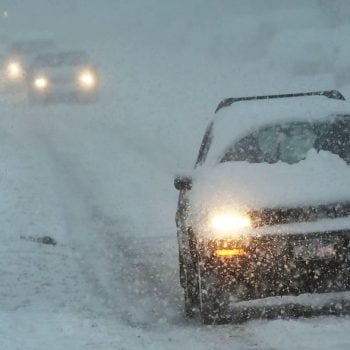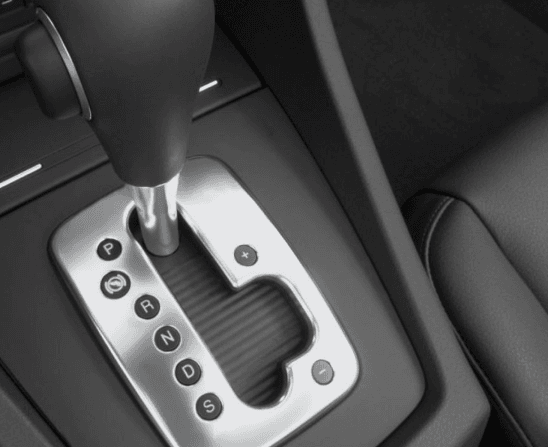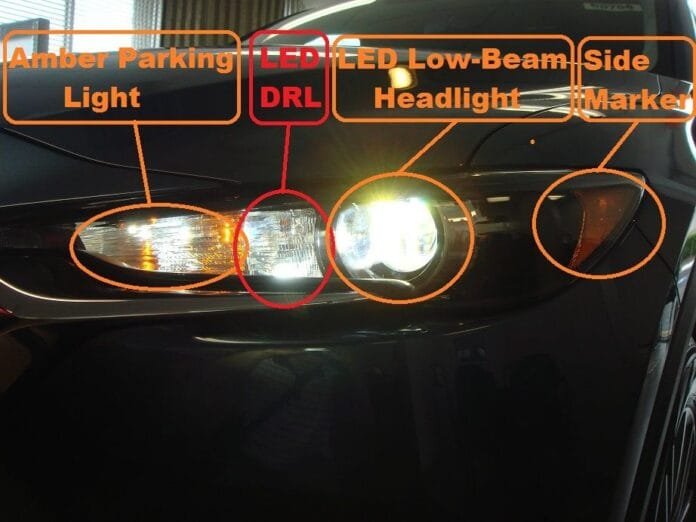Introduction
If you find yourself in a situation where your car won’t reverse but drives forward without any issues, you are not alone. This perplexing problem can stem from several reasons, many of which relate to transmission issues. Diagnosing the underlying causes promptly can help avoid more severe damage to your vehicle.

Common Causes of Reverse Issues
The inability to reverse often points to transmission complications. One potential culprit is a broken, loose, or bent reverse linkage, which can prevent the car from shifting into reverse. Alternatively, worn-out internal components could be at play. Over time, essential parts like the fluid pump may wear down, causing fluid pressure to drop significantly, resulting in the ability to move only in reverse.
Symptoms to Look For
When diagnosing this issue, there are typical symptoms to observe. For manual cars, broken teeth on reverse gears can cause clicking noises or clunks when attempting to reverse. Additionally, a defect in the lockout ring—responsible for preventing accidental reverse shifts—can lead to grinding noises and a burning smell in the cabin. On automatic vehicles, a faulty valve body may disrupt smooth shifting, which can manifest as delays in gear transitions or improper gear selections. These symptoms should not be ignored as they indicate the need for a professional inspection.
Conclusion
Whether your car won’t move in drive but will in reverse, or the scenario is reversed, attention to detail in monitoring your vehicle’s performance is essential. If you are unfamiliar with mechanical repairs, it is advisable to seek help from a reliable service center for a comprehensive checkup of the transmission and sensors. Timely action can save you from further complications and costly repairs.




